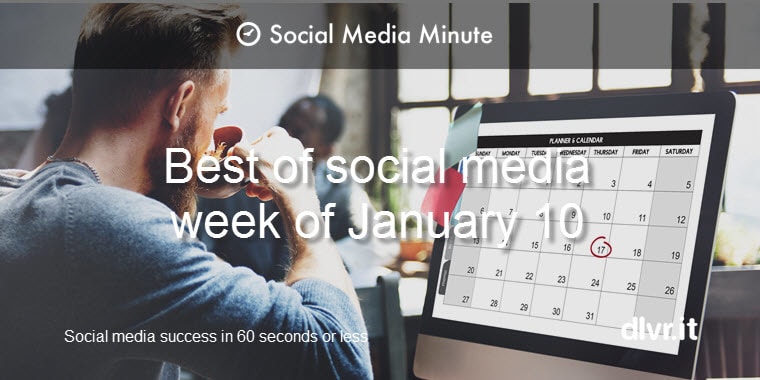
The Golden Age of Content Curation
This is the first in a series of blog posts that will explain how content curators can use dlvr.it to power and simplify their curation efforts.
We live in a time of content over-abundance. Our computers, iPads and mobile devices are constantly flooded with a fire hose stream of tweets, status updates, blog posts, videos, photos, music and more. Some pundits claim that in the near future the volume of online content will double every 72 hours. Filtering, organizing and making even rudimentary sense of this sensory overload threatens to become a full-time endeavor for each of us. And scientists say that our ability to focus is being undermined by constant bursts of information.
So what are we overloaded readers, music lovers, and video watchers to do?
A growing number of emerging technologies promise to make this flood of text, image and sound more manageable and meaningful:
- 1. Google, the golden child of algorithmic search, has given us its celebrated search engine as well as Google News and other search and find tools.
2. The so-called ‘wisdom of the crowds’ powers social aggregation tools such as Digg and Delicious.
3. And interesting new forms of aggregation, such as Alltop and Buzzfeed, tease the content-soaked masses with the promise of a brighter, friendlier, more manageable future.
However, in the midst of these exciting and powerful new technologies, there is growing interest in the distinctly human endeavor of content curation. That is the exercise of finding, reading, filtering, adding commentary to, and redistributing other people’s content. BoingBoing is a great example of a content curator. Everyday the BoingBoing editors select some of the most interesting stories and information from around the web, and then they distribute these items to their very large audience via links from the boingboing.net blog.
The growing importance of content curation has been explored by Wired, Mashable, Business Insider, and Robin Good. The overwhelming flood of media from twitter, blogs, facebook, youtube, and everywhere else we go online points to a future in which we will need good old fashioned humans to help us make sense of this gargantuan ad hoc media potluck.
We are entering the Golden Age of Content Curation. We will increasingly rely on trusted curators to find, filter and organize our media – and deliver it to us across multiple devices and social networks.



